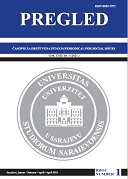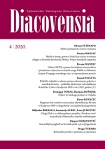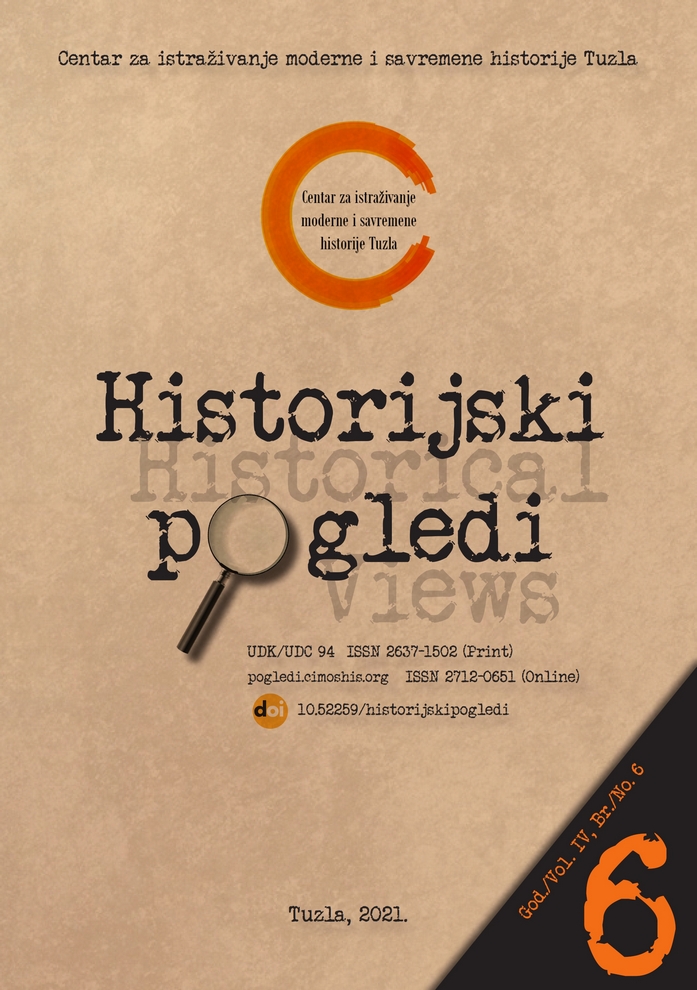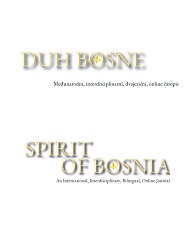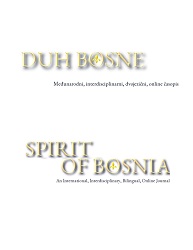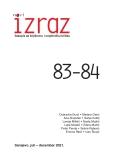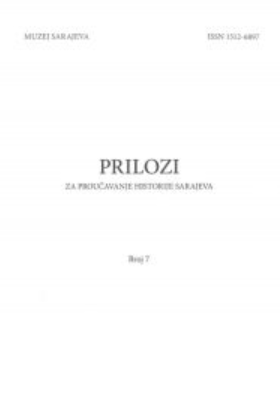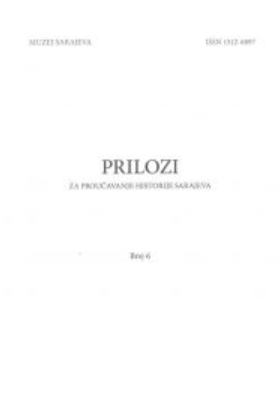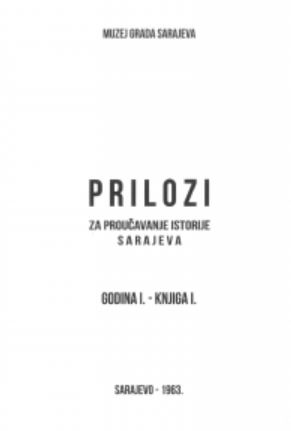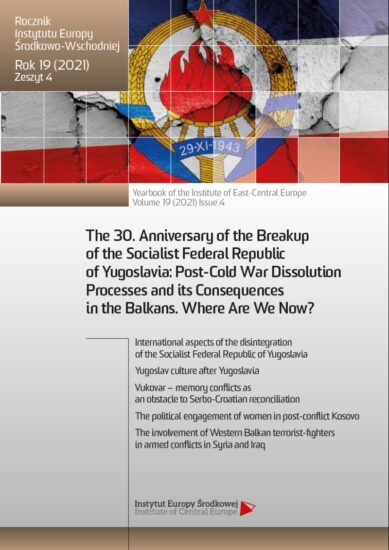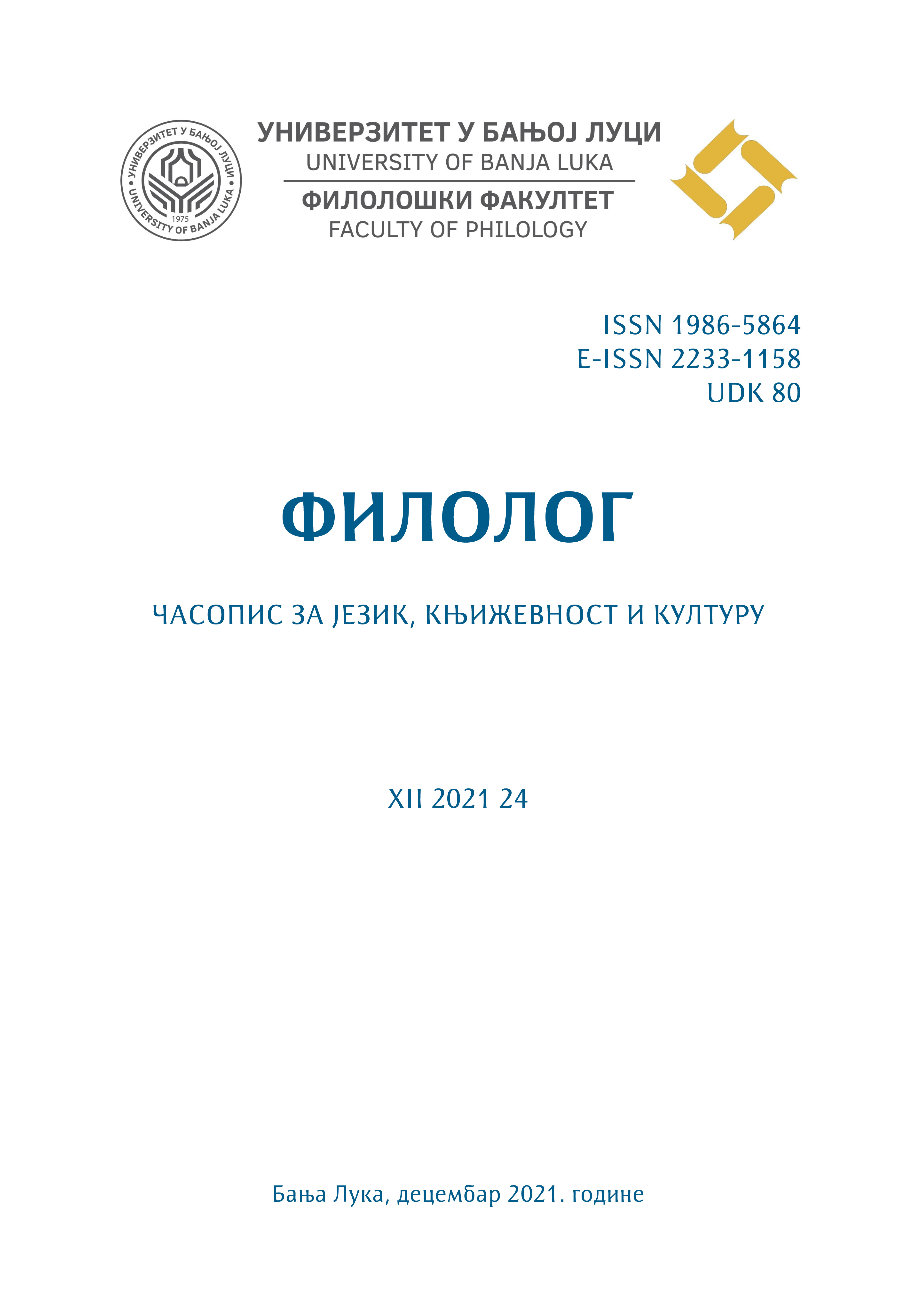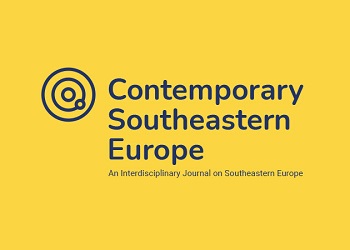Author(s): Izet Hadžić,Ahmed Hadžić / Language(s): Bosnian,Croatian,Serbian
Issue: 6/2021
At the beginning of the paper we explain the territorial differences between the Washington and Dayton Peace Solutions, which especially refers to the Tuzla-Podrinje Canton and focuses only on the Tuzla region and its specifics in relation to other regions in Bosnia and Herzegovina. We then present the basic elements of the Washington Agreement, the meetings that preceded it, the content of the agreement, the principles of the Vienna Agreement important for the organization of the canton, as well as active monitoring and consideration of the agreement by the Tuzla District Assembly and its views on international community plans.We also monitor the implementation and importance of the implementation of the Washington Agreement in the Tuzla region and the creation of the Tuzla-Podrinje Canton, explain the name of the canton and use demographic data based on the 1991 census to indicate that Podrinje is a Bosniak-majority region. Then we give an overview of how the implementation of the Washington Agreement reflected on the normalization of food prices, the situation in the canton and the strengthening of the combat power of the Army of the Republic of Bosnia and Herzegovina, ie the II Corps of the Army of B&H.The paper describes the jurisdiction of the President of the Canton, the Government of the Canton, national representation by agreement of SDA and HDZ, the composition of the government, the reasons for non-participation of Serbs in implementation and talks with the Serb Civic Council to participate in organizing ministries. We especially present the activities of the President and the Government of the Canton on supporting the Army of the Republic of Bosnia and Herzegovina, II Corps and strengthening defense, budget funds for these purposes: action: „We are all B&H Army“, support for displaced persons and improving living conditions in protected areas of Srebrenica and Žepa We also describe the activities of the authorities during the fall of the protected zones of Srebrenica and Žepa, for the care of the displaced population, as well as the requests to the institutions of the international community to stop and prevent genocide against the Bosniaks of Srebrenica. We especially emphasize the activity of the Tuzla-Podrinje Canton Ministry of the Interior in preserving public order and peace.We are especially dealing with the military situation in the Tuzla-Podrinje Canton, presenting significant military successes through the liberation of Lisača on the Kalesija front, Vis near Gračanica, Vijenac near Lukavac, Greda on Majevica, as well as the crushing of enemy offensives „Spreča-95“ and others. In this paper, we argue the support of Russian diplomacy to the aggressor and link Russia's diplomatic activities through the contact group and other accomplices of the conspiracy group towards the state of Bosnia and Herzegovina. In a complex situation such as that in Bosnia and Herzegovina, when a Serbian aggressor with the support of insurgent Serbs in Bosnia and Herzegovina commits genocide, a joint criminal enterprise with the support of the Croatian state led by Tuđman and Croats mainly from Herzegovina win over Fikret Abdić to organize a quisling creation „autonomous region of Western Bosnia“ and opening a conflict with the Army of the Republic of Bosnia and Herzegovina. The support of the Tuzla District Assembly to the Presidency of Bosnia and Herzegovina and the Government of Bosnia and Herzegovina in their efforts to stop the war and find a peaceful solution was significant. Also, the authorities of the District of Tuzla vigorously condemned the divisions on the national principle as well as the division of the territory of the District of Tuzla. In this paper, we have processed the proposals of the Assembly of the District of Tuzla to the Presidency of Bosnia and Herzegovina according to individual peace solutions. The inadmissibility of the Dayton Peace Solution for the Tuzla-Podrinje Canton authorities and the SDA Cantonal Committee was specifically addressed as well as the reasons and request to President Alija Izetbegović and the negotiating team of Bosnia and Herzegovina to leave the Dayton negotiations, and then the request to Izetbegović to clarify the reasons for accepting such an unjust peace agreement.
More...
